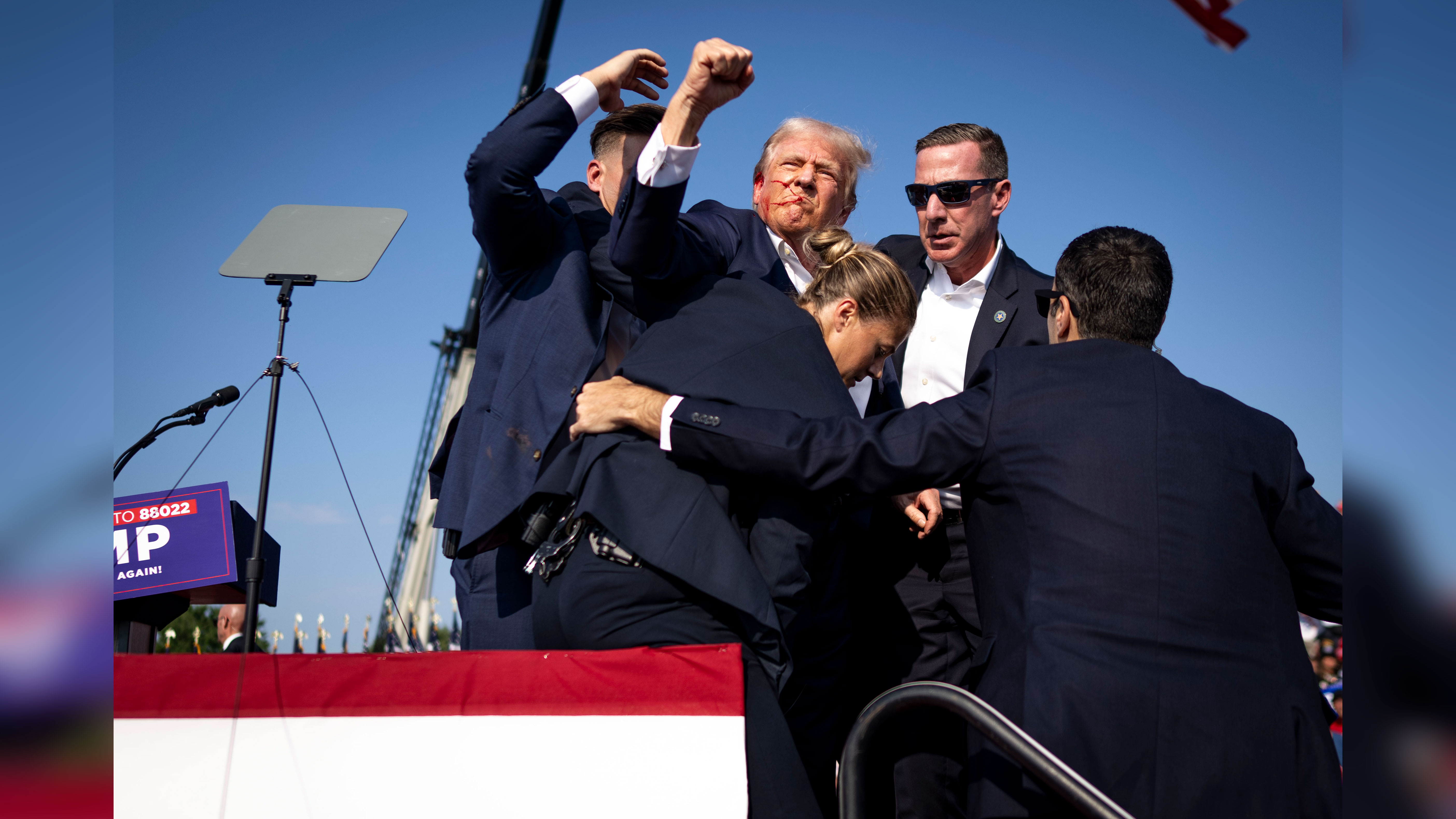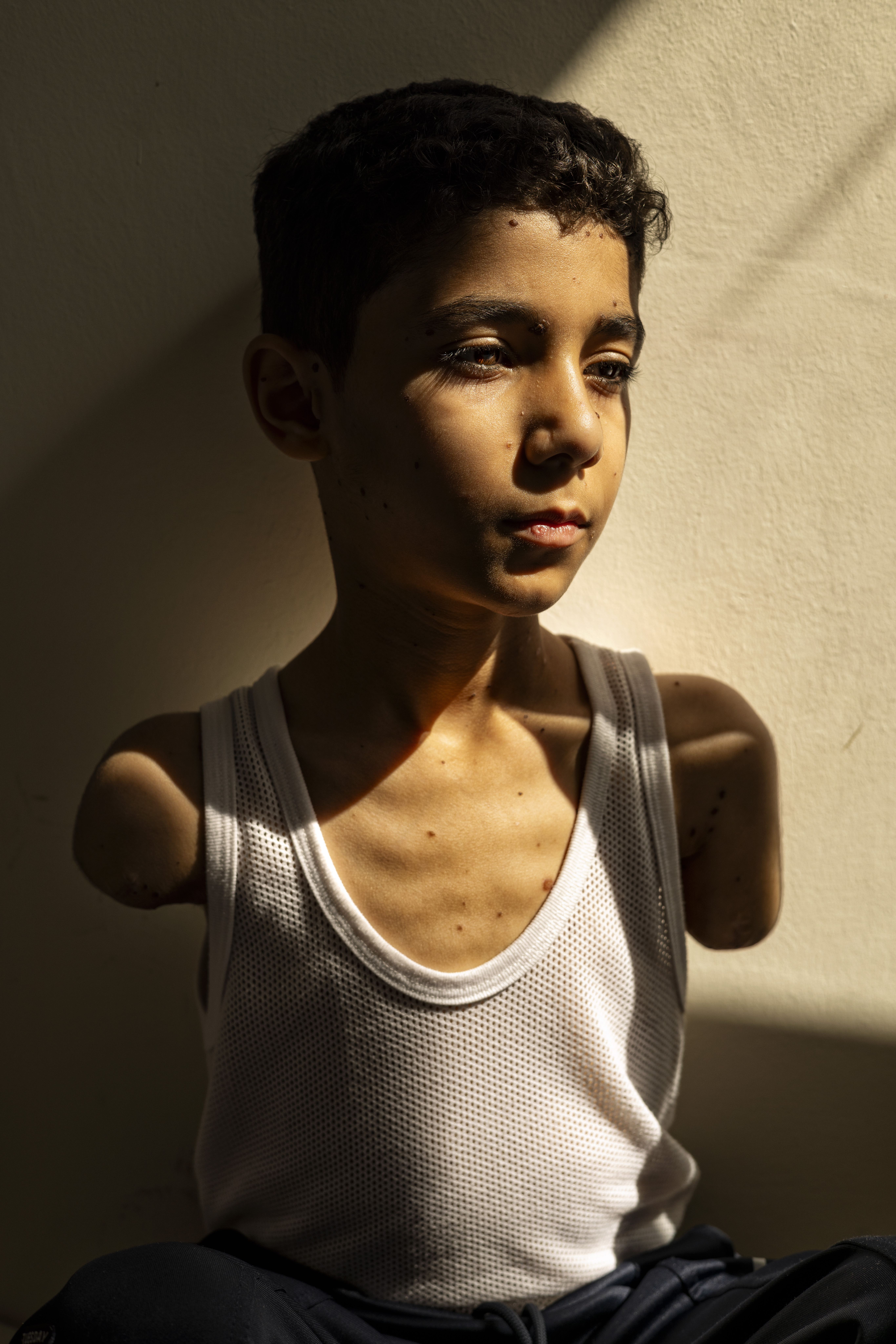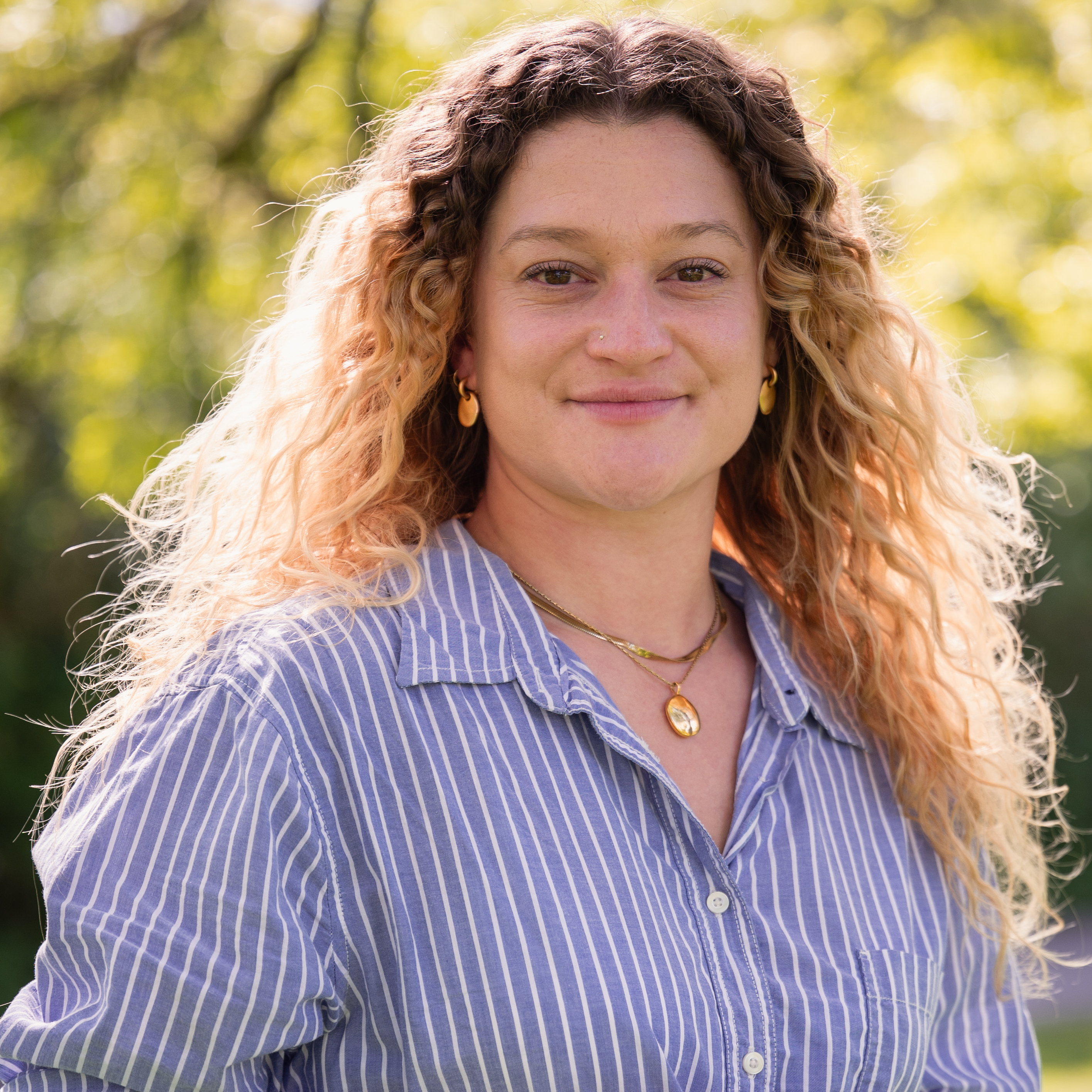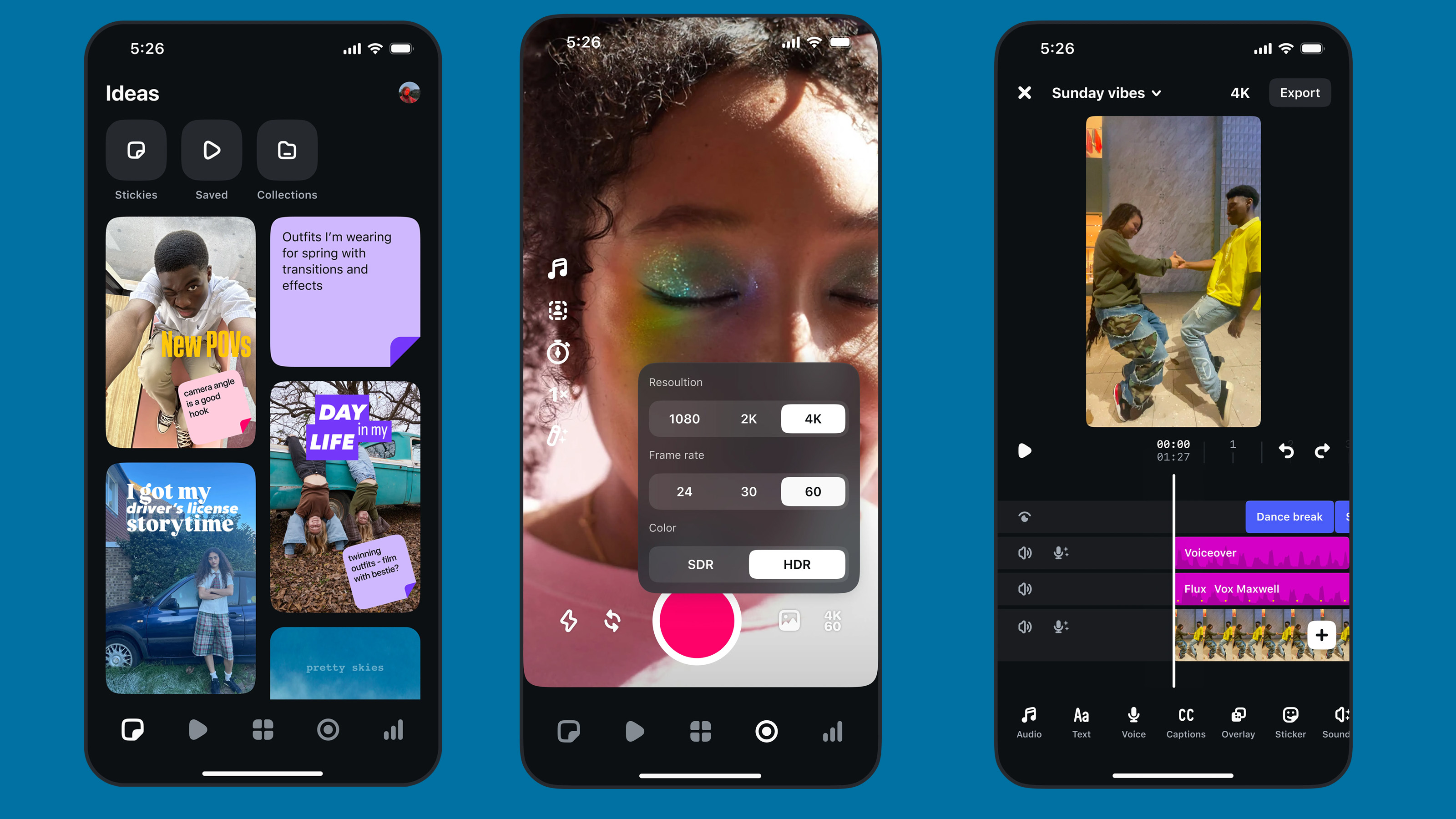Two New York Times editors discuss the most iconic photographs of 2024
A tumultuous year of assassination attempts, conflicts, and extreme weather has been brought to us through incredible photojournalism

It’s been yet another eventful year, with extreme weather, presidential races and assassination attempts, and the ongoing suffering of the Palestinians in Gaza.
When shots were fired at a campaign rally for Donald Trump, veteran New York Times photographer Doug Mills was only a few feet away, capturing one of the most iconic images of 2024.
The New York Times has put together the biggest stories told through incredible images in its “2024: The Year in Pictures,” and I spoke to its co-editors Tanner Curtis and Jeffrey Henson Scales about their favorite images, and the future of photojournalism.
Why is photojournalism an essential part of news storytelling?
Curtis said: “Photojournalists show the world as it is. The nature of the job requires them to be out in the world, witnessing and documenting important events. In some cases, a photographer might be the only person on-the-ground reporting with their camera.”
Henson Scales said: “Much of the work we highlight in this collection is remarkable not only for its aesthetic achievement, but also its work putting readers on the ground and in the moment as the stories unfolded.”

What are the current threats to photojournalism?
Henson Scales said: “There are threats to both photojournalists in the field and their work in the digital spaces. The world is full of more visual information than ever and it is often delivered in single streams that don’t differentiate between images of fact and fiction. News photographs appear on Social media alongside A.I. creations, memes and movie trailers.
“This blend can cause people to question the veracity of what they’re seeing. In the field, mistrust and attempts to manipulate the news media by political leaders as well as citizens can turn truth in reporting to propaganda as well as into violence against the journalists who risk life and limb to document the often dangerous events taking place across the globe.”
Get the Digital Camera World Newsletter
The best camera deals, reviews, product advice, and unmissable photography news, direct to your inbox!

How must it adapt as a medium against these threats?
Curtis said: “Photojournalists must continue to hold to the ethical boundaries of independence and truth, as well as continue to build connections and trust with people and communities throughout the world.
“The more people they interact with the better they will understand the job of a photojournalist and the need for critical journalistic objectivity. The better the understanding, the more faith in the power of truthful journalistic expression in the photographic space.”
Inspired? Why not take a look at our guides to the best professional cameras, the best cameras for beginners, and the best student cameras.

After graduating from Cardiff University with an Master's Degree in Journalism, Media and Communications Leonie developed a love of photography after taking a year out to travel around the world.
While visiting countries such as Mongolia, Kazakhstan, Bangladesh and Ukraine with her trusty Nikon, Leonie learned how to capture the beauty of these inspiring places, and her photography has accompanied her various freelance travel features.
As well as travel photography Leonie also has a passion for wildlife photography both in the UK and abroad.
